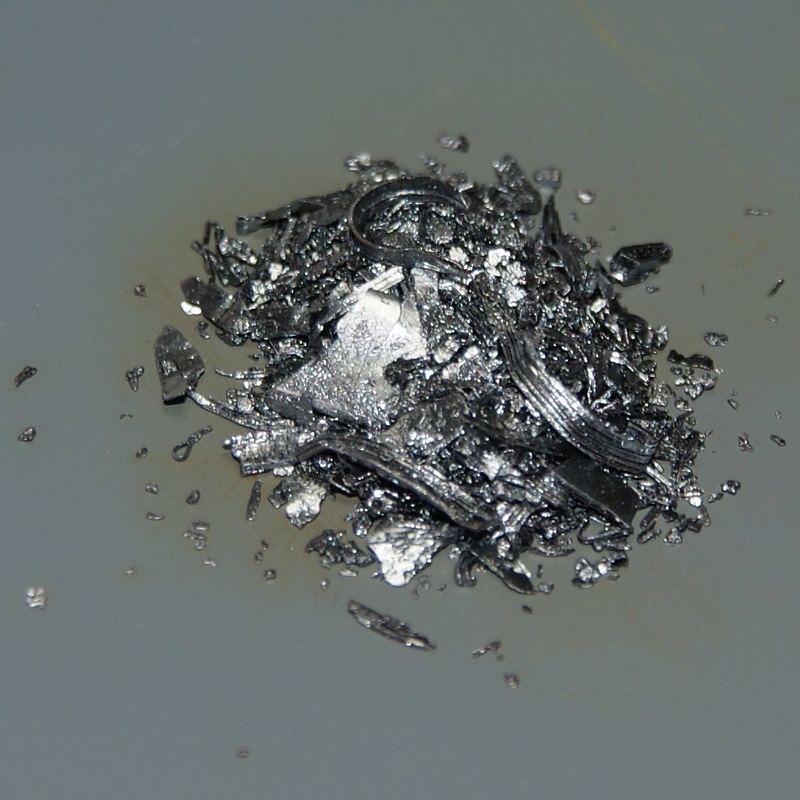Jod
53
I
Grupp
17
Period
5
Block
p
Protoner
Elektroner
Neutroner
53
53
74
Generella Egenskaper
Atomnummer
53
Atommassa
126,90447
Masstal
127
Kategori
Halogener
Färg
Skiffergrå
Radioaktiv
Nej
From the Greek word iodes, violet
Kristallstruktur
Bascentrerat ortorombiskt
Historia
Iodine was discovered by French chemist Bernard Courtois in 1811.
He treated the liquor obtained from the extraction of kelp, with sulfuric acid to produce a vapour with a violet color.
In 1812, Joseph Louis Gay-Lussac demonstrated that iodine was an element and its chemical relationship to chlorine.
He treated the liquor obtained from the extraction of kelp, with sulfuric acid to produce a vapour with a violet color.
In 1812, Joseph Louis Gay-Lussac demonstrated that iodine was an element and its chemical relationship to chlorine.
Elektroner per skal
2, 8, 18, 18, 7
Elektronkonfiguration
[Kr] 4d10 5s2 5p5
Kelp was the main source of natural iodine in the 18th and 19th centuries
Fysikaliska Egenskaper
Aggregationstillstånd
Fast
Densitet
4,93 g/cm3
Smältpunkt
386,85 K | 113,7 °C | 236,66 °F
Kokpunkt
457,4 K | 184,25 °C | 363,65 °F
Smältvärme
7,76 kJ/mol
Ångbildningsvärme
20,9 kJ/mol
Specifik värmekapacitet
0,214 J/g·K
Förekomst i jordskorpan
0,000049%
Förekomst i universum
1×10-7%

CAS-nummer
7553-56-2
PubChem CID-nummer
807
Atomära Egenskaper
Atomradie
140 pm
Kovalent radie
139 pm
Elektronegativitet
2,66 (Paulingskalan)
Jonisationspotential
10,4513 eV
Molvolym
25,74 cm3/mol
Värmeledningsförmåga
0,00449 W/cm·K
Oxidationstillstånd
-1, 1, 3, 5, 7
Användningsområden
Iodine compounds are important in organic chemistry and very useful in medicine.
A solution containing potassium iodide and iodine in alcohol is used to disinfect external wounds.
Silver iodide is a major ingredient to traditional photographic film.
Iodine is added to table salt to prevent thyroid disease.
A solution containing potassium iodide and iodine in alcohol is used to disinfect external wounds.
Silver iodide is a major ingredient to traditional photographic film.
Iodine is added to table salt to prevent thyroid disease.
Elemental iodine is toxic if taken orally
Isotoper
Stabila isotoper
127IInstabila isotoper
108I, 109I, 110I, 111I, 112I, 113I, 114I, 115I, 116I, 117I, 118I, 119I, 120I, 121I, 122I, 123I, 124I, 125I, 126I, 128I, 129I, 130I, 131I, 132I, 133I, 134I, 135I, 136I, 137I, 138I, 139I, 140I, 141I, 142I, 143I, 144I